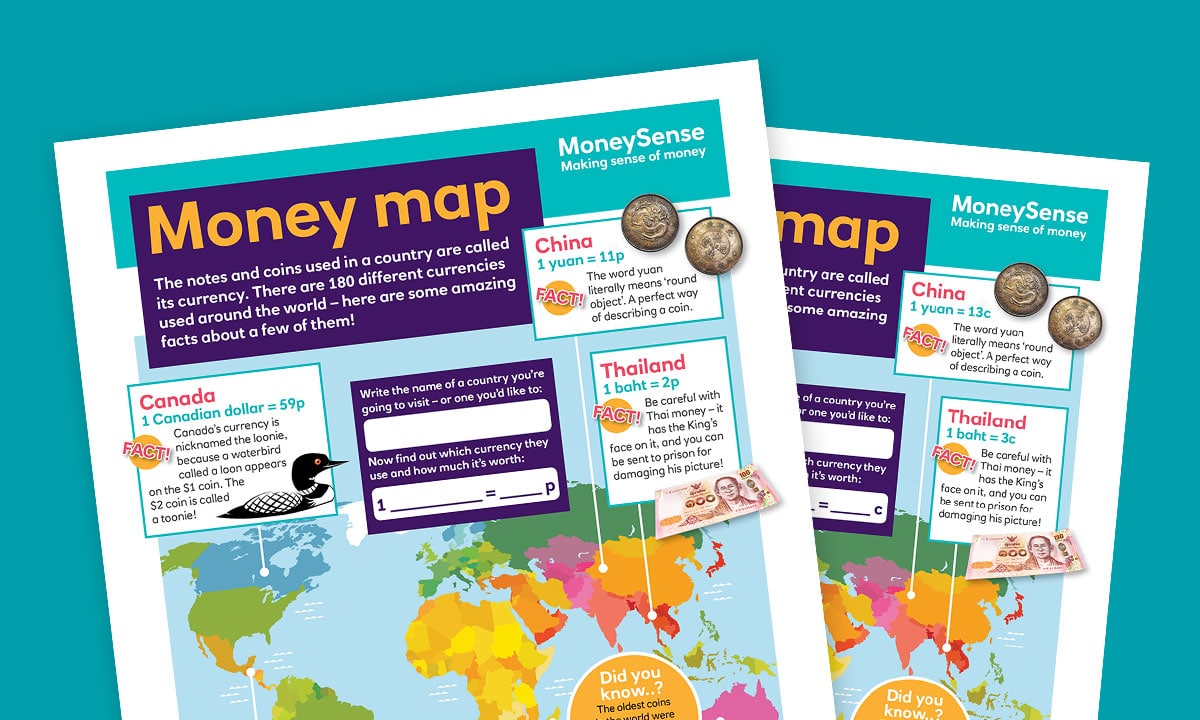Save money, save the planet
Teaching your children how to be eco-friendly doesn’t just help the planet: it can also be good for your family’s bank balance.
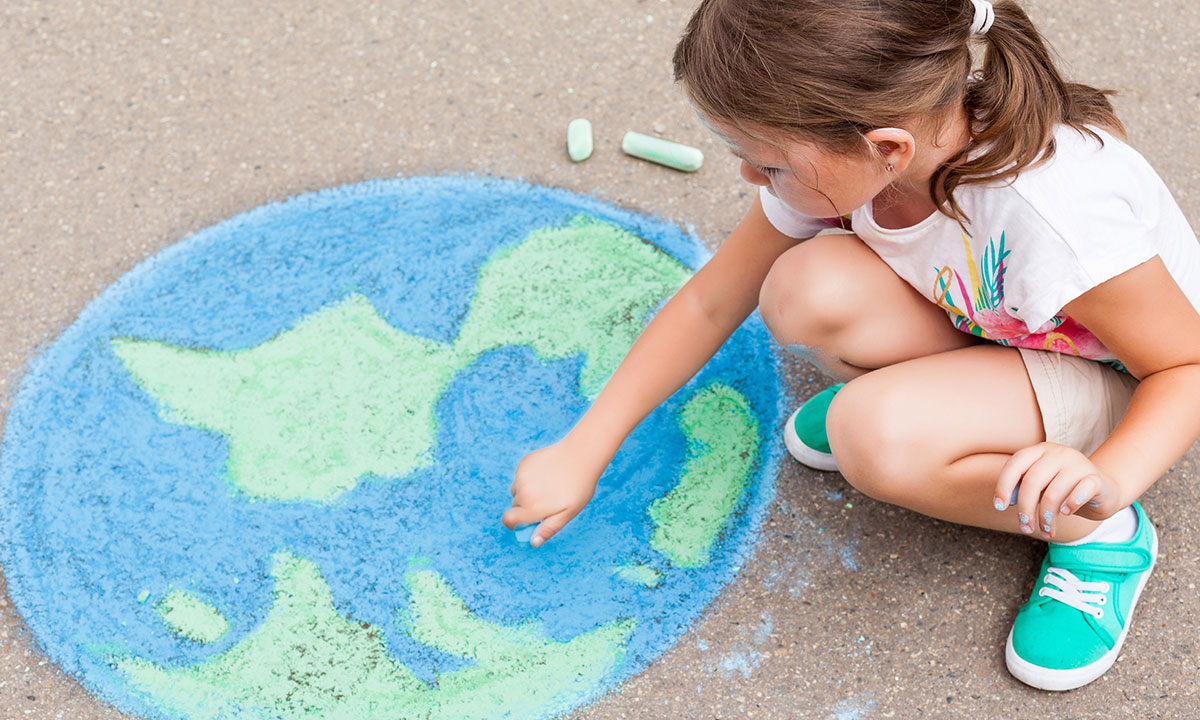
Climate change is now an inevitable and urgent global challenge, and, thanks to activists such as Greta Thunberg, young people are more aware of the issues we face than ever before. So, what’s the best way to approach the topic with your children? These practical ideas will not only help them understand the principles behind sustainability and greener living, but also show them the links between the environment and household spending.
Talk transport
Task your children with listing as many different modes of transport they can think of, and guessing how they rank from the most eco-friendly to the least. Discuss their answers, and then ask them what the costs might be for each. Why might a plane be more expensive, and less environmentally friendly, than a train? Next, ask them to consider your family’s weekly transport use. Are there any ways you could be more cost and energy efficient – for example, walking or cycling to the shops instead of driving?
Shop smart
Grocery shopping offers plenty of opportunities to talk about the environment. While you’re at home, encourage your child to research which fruit and vegetables are currently in season, and see if there are any regular items you buy year-round that you could swap for something more seasonal and locally grown. When you’re at the shops, talk to them about where each item comes from – compare the price of apples grown in the UK versus those from New Zealand, for instance – and discuss why the imported varieties may cost more and be less eco-friendly. Supermarkets also regularly place popular products on offer, but encourage your child to question them: is a ‘buy one, get one free' offer always a good deal, or might it result in food waste?
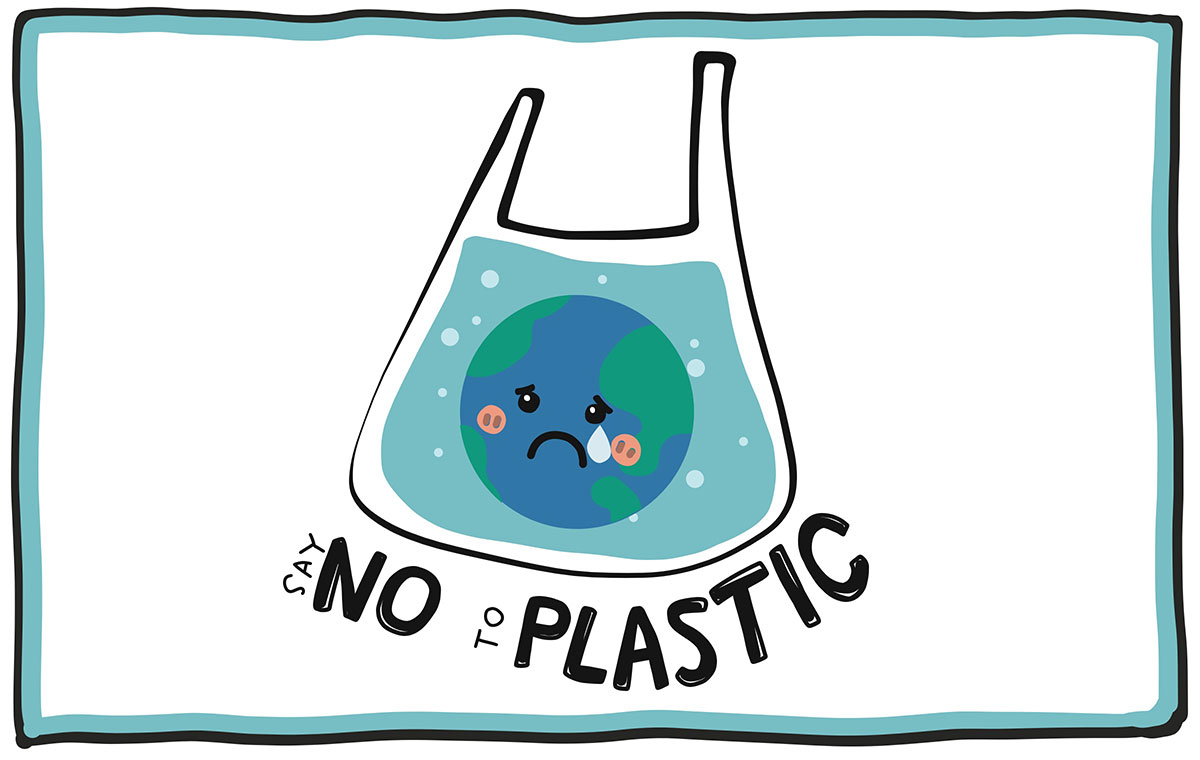
Get water wise
Your child probably knows that we need to protect the world’s oceans, but do they realise that the clean and fresh water you use at home is also a precious resource? Ask them to list all of the different ways your family uses water, from baths and showers to brushing their teeth, cooking, washing clothes and more. Talk about the different quantities and costs associated with each use and discuss why a bath is more costly than a shower, or why it’s important to turn the tap off when you’re not using it. You could even introduce a daily shower challenge, setting a timer to see who is fastest and therefore uses the least water – after all, an average power shower uses around 15 litres of water every minute, so cutting your shower time from eight to five minutes you can save 45 litres of water, reduce your CO2 emissions and help save you money too.
Recycle and reuse
Your child will most likely be aware that people are making a concerted effort to use less plastics and recycle more, but do they know why? Talk to them about landfill and why single-use plastics are damaging to the environment both in their production and as waste products, and ask them to consider alternatives. For instance, if they have a packed lunch, could a reusable box replace the need for clingfilm? Likewise, when you’re at the supermarket, explain why loose fruit and vegetables that can be washed at home are preferable to those in unnecessary packaging, both from a monetary perspective and an environmental standpoint.
There are also a growing number of schemes on the high street that offer financial incentives to environmentally responsible consumers, such as H&M’s Garment Collecting programme which aims to stop unwanted textiles being sent to landfill by rewarding shoppers with a £5 voucher for each bag of old clothes dropped off in store, which the brand then recycles or repurposes. Encourage your child to research some of these schemes and consider how your family could get involved.

Looking for creative ways to teach your child about money at home? This article explores fun ways young people can learn about money.
Be energy efficient
Help your child get to grips with renewable energy and fossil fuels by challenging them to identify all the different ways energy is used around your house. Once they have a list of appliances (eg. hob, microwave, TV, computer, barbeque, lights, washing machine) help them list the different types of energy used for each, and research how much they cost to run per hour and any carbon emissions they produce. Which are the most efficient and sustainable, and which alternatives might be greener? – for instance, not leaving the TV on standby, hanging the washing outside instead of using the tumble dryer, or putting another jumper on before switching the heating on. You can also involve them in household jobs such as changing lightbulbs, and use them as an opportunity to talk about eco-friendly alternatives such as energy-saving bulbs, explaining that long-term they save you money both in terms of lower energy bills and fewer replacements.
Find activity sheets to help your children explore other money topics through the MoneySense activity finder.
Image credits: iStock
Find out about all the latest MoneySense articles for parents by following us on Facebook
Additional MoneySense resources
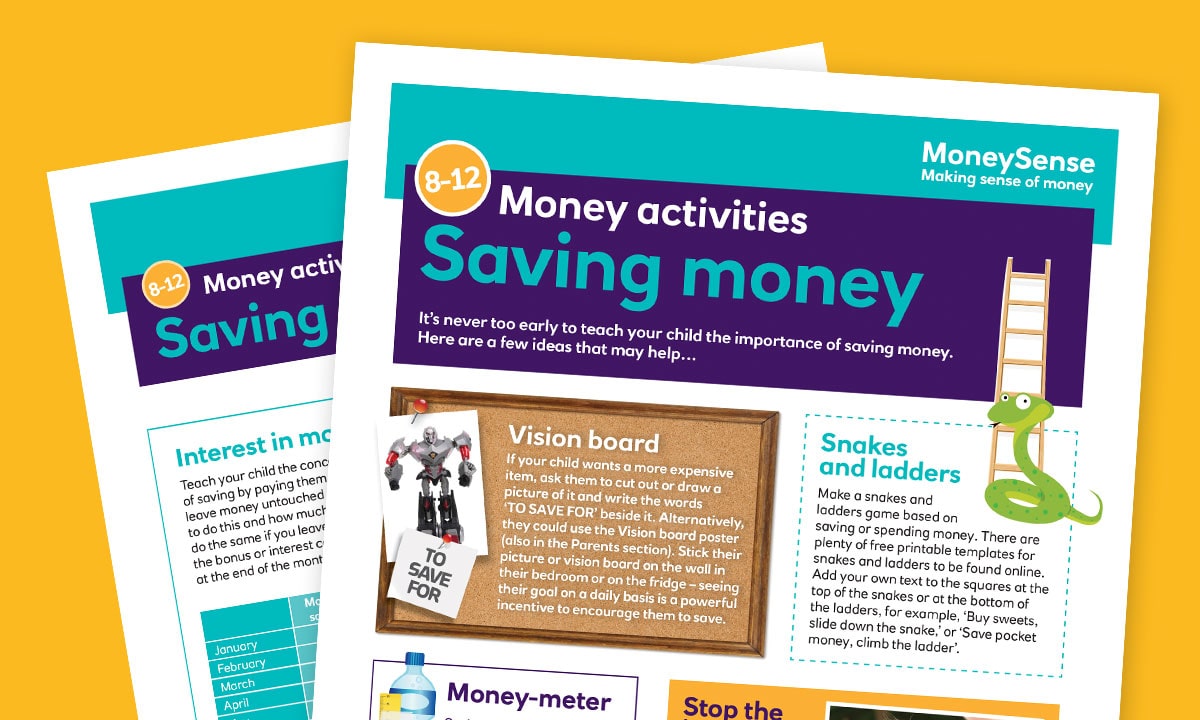
 Activities:
Activities: 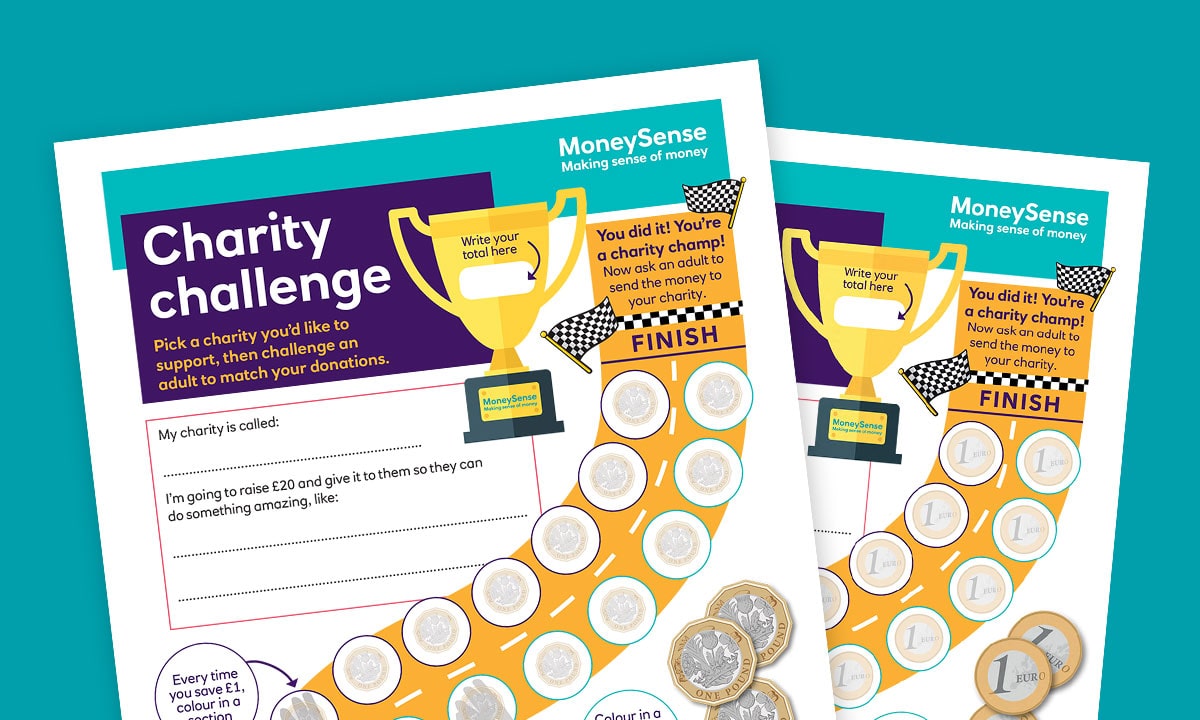
 Poster:
Poster: 